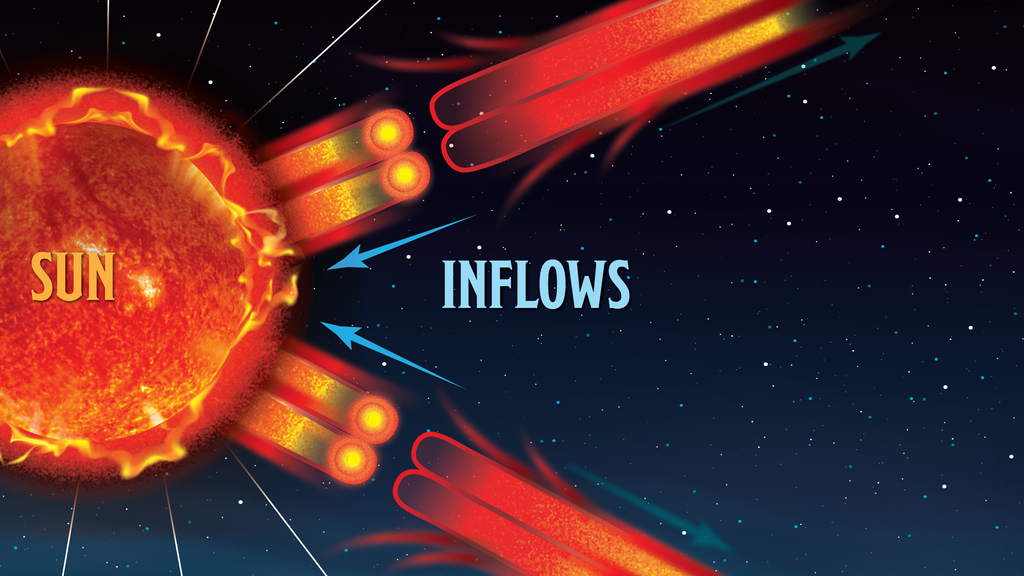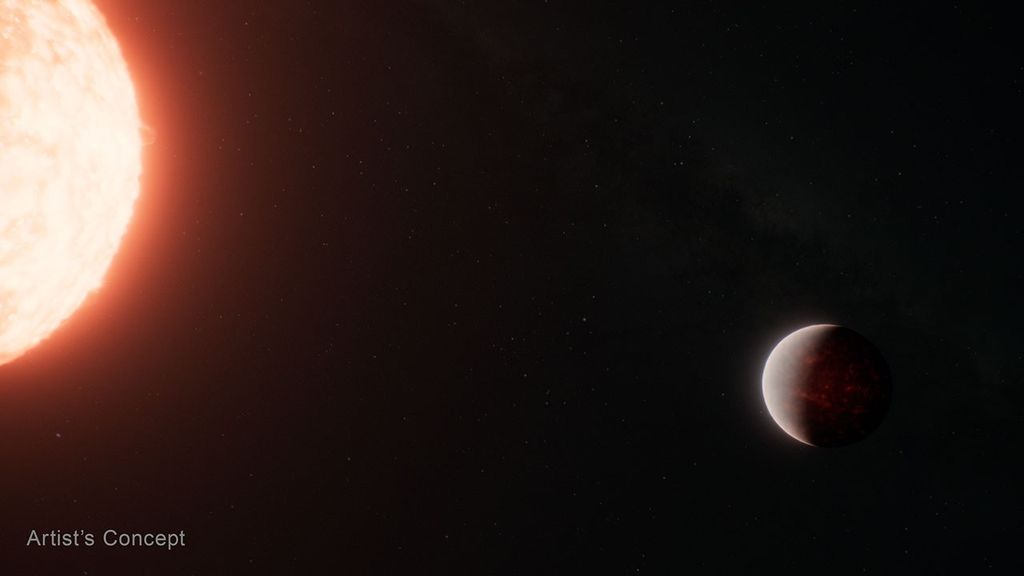1 min read
Mosaic of Gravitationally Lensed Quasars

Each of these Hubble Space Telescope snapshots reveals four distorted images of a background quasar surrounding the central core of a foreground massive galaxy.
The multiple quasar images were produced by the gravity of the foreground galaxy, which is acting like a magnifying glass by warping the quasar’s light in an effect called gravitational lensing. Quasars are extremely distant cosmic streetlights produced by active black holes.
The light rays from each lensed quasar image take a slightly different path through space to reach Earth. The pathway’s length depends on the amount of matter that is distorting space along the line of sight to the quasar. To trace each pathway, the astronomers monitor the flickering of the quasar’s light as its black hole gobbles up material. When the light flickers, each lensed image brightens at a different time. This flickering sequence allows researchers to measure the time delays between each image as the lensed light travels along its path to Earth.
These time-delay measurements helped astronomers calculate how fast the universe is growing, a value called the Hubble constant.
The Hubble images were taken between 2003 and 2004 with the Advanced Camera for Surveys.
About the Data
- Data DescriptionData DescriptionProposal: A description of the observations, their scientific justification, and the links to the data available in the science archive.
Science Team: The astronomers who planned the observations and analyzed the data. "PI" refers to the Principal Investigator. - InstrumentInstrumentThe science instrument used to produce the data.ACS/ WFC
- Exposure DatesExposure DatesThe date(s) that the telescope made its observations and the total exposure time.22 June 2004, 24 Aug 2004, 18 Aug 2003, 23 July 2004
- FiltersFiltersThe camera filters that were used in the science observations.F555W, F606W, F814W
- Object NameObject NameA name or catalog number that astronomers use to identify an astronomical object.RXJ1131-1231, B1608+656, HE0435-1223, WFI2033-4723
- Object DescriptionObject DescriptionThe type of astronomical object.Background quasars lensed by foreground galaxies
- Release DateJanuary 8, 2020
- Science ReleaseCosmic Magnifying Glasses Yield Independent Measure of Universe’s Expansion
- Credit

These images are a composite of separate exposures acquired by the ACS/WFC instrument on the Hubble Space Telescope. Several filters were used to sample particular wavelength ranges. The color results from assigning different hues (colors) to each monochromatic (grayscale) image associated with an individual filter. In this case, the assigned colors are Cyan: F555W/F606W Orange: F814W.

Related Images & Videos

Infographic on Hubble Constant
The Wide Divide in the Expansion Rate Measurements This graphic lists the variety of techniques astronomers have used to measure the expansion rate of the universe, known as the Hubble constant. Knowing the precise value for how fast the universe expands is important for...
Share
Details
Claire Andreoli
NASA’s Goddard Space Flight Center
Greenbelt, Maryland
claire.andreoli@nasa.gov






























